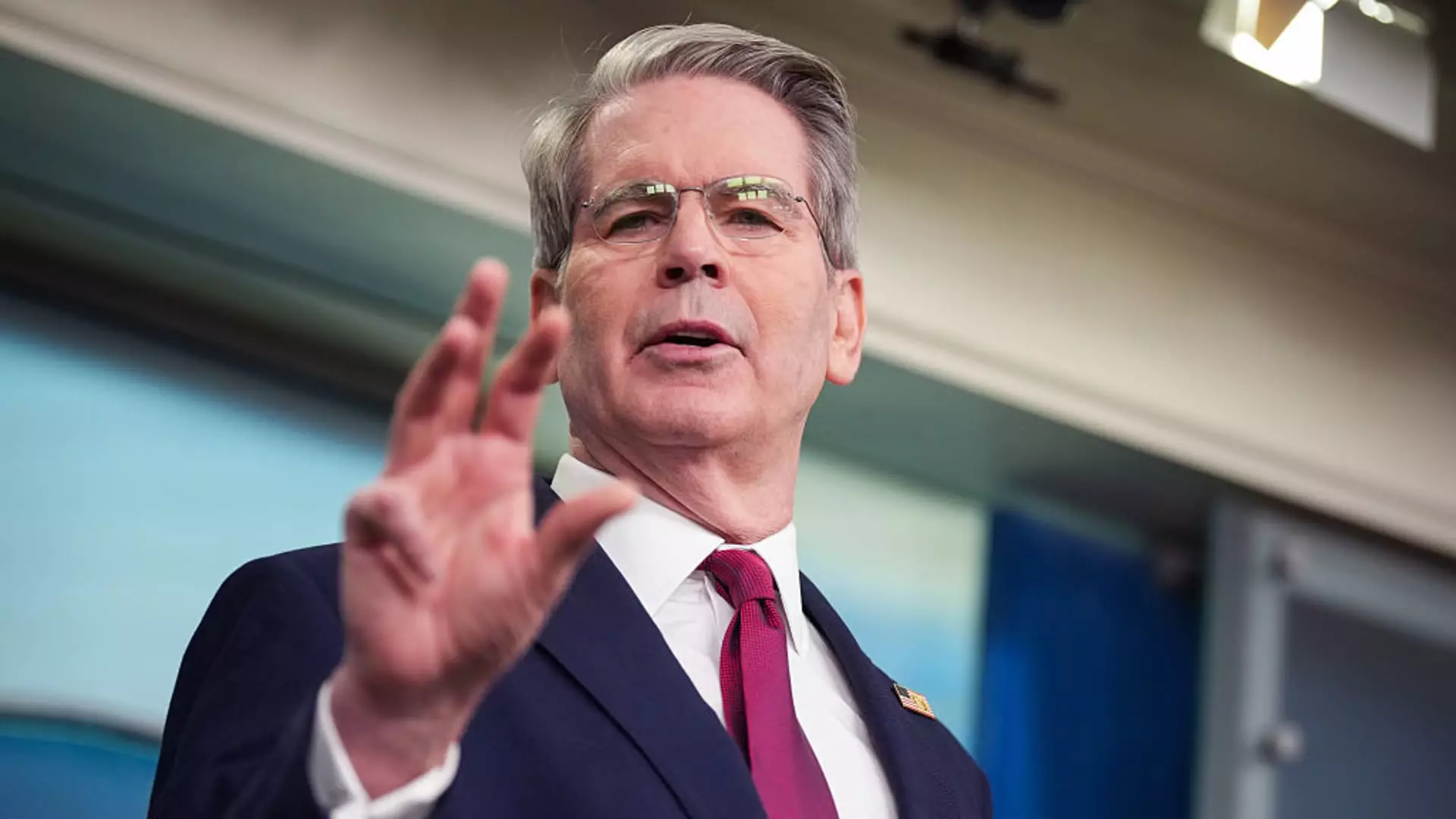In an unexpected display of loyalty, Treasury Secretary Scott Bessent recently asserted that individual investors are sticking to their positions amid market turmoil, largely believing in President Trump’s tariff policies. As someone who closely observes financial markets, it’s both fascinating and alarming to see how resistant the average investor is to external indicators that ought to signal caution. The statistic that “97% of Americans haven’t done a trade” over the last 100 days, as indicated by Vanguard, showcases an almost bewildering degree of faith in our current leadership, overshadowing the underlying economic indicators that suggest peril.
This unwavering belief among individual investors contrasts sharply with the response from institutional stakeholders. While ordinary Americans are exhibiting a steadfast resilience, hedge funds and institutional investors are scrambling, betting against the market in an environment that spells uncertainty. It’s a classic case of cognitive dissonance; the larger financial powers perceive risks that aren’t fully registering with individual investors who have not only maintained but actively embraced their positions.
Market Turmoil: The Other Side of the Coin
The backlash against Trump’s tariff policies has been nothing short of dramatic. The S&P 500 experienced one of its worst sell-offs since the pandemic—and that’s not just a statistic to dismiss lightly. While individual investors have been scooping up stocks at lower prices, evidence suggests that steep tariffs are likely to exacerbate inflation, leading to price hikes for everyday goods. Can individual investors truly afford to ignore these economic headwinds?
News from Torsten Slok, chief economist at Apollo, further complicates the picture. Seeing a summer recession on the horizon, driven by consumer reliance on imported goods, begs the question: will individual investors continue to hold fast in the face of trade-related shortages? The idea that common investors are betting on a recovering economy while simultaneously facing the risk of stagnation and inflation is more than a little concerning.
The Brand of America at Stake
Ken Griffin’s observations about the potential degradation of America’s global brand due to trade wars resonate deeply within this context. When institutional investors, who often understand markets better than retail folks, express concerns about the long-term implications of tariff policies, it should send chills down the spine of average consumers. America’s credibility and reliability as a market leader hang in the balance.
While individual investors seem to thrive on optimism, the fabric that creates that trust is being shredded by geopolitical skirmishes. This stark divide in investor sentiment illustrates the broader issues plaguing our economy. The question is whether a lack of informed decision-making among retail investors can last indefinitely against a backdrop of expert apprehension.
Investors may find reassurance in numbers; however, those numbers can be arrangements of a precarious riddle. Yes, individual investors are seemingly calm amid chaos, but this sentiment is akin to ignoring a looming storm cloud. The repercussions for both the economy and the “brand” of America could be catastrophic if investors remain blind to the larger picture. Without a recalibration of their convictions in light of shifting economic realities, their confidence may turn from a sign of strength to an invitation for disaster.

